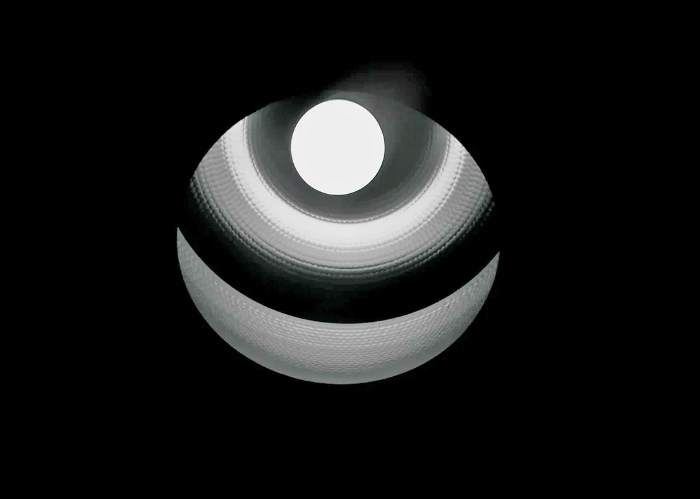In my experience of teaching live sound, one of the most commonly misunderstood concepts is that of phase. The source of the misunderstanding typically derives from a confusion between the concepts of phase and polarity. So let’s take a look at these two concepts and see how they relate to live sound.
The first time most people come across phase is when they’re introduced to the “phase reverse” button (denoted by a circle with a line through it at 45 degrees: Ø) on the input channel of an analog mixing desk.
Usually it’s explained as the solution to the issue of thin sound resulting from multi-miking a single instrument. The problem here is that this button is actually a polarity invert switch – what it does is swap pins 2 and 3 of the input XLR connection – thus inverting the polarity of the signal.
Polarity is a characteristic of waves, a positive value represents an increase in sound pressure (during the compression phase of the wave) and a negative value represents a decrease in sound pressure (during the rarefaction phase of the wave). See Figure 1.
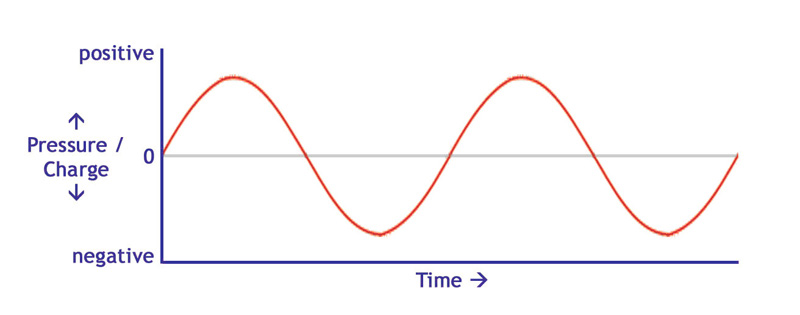
Once a microphone has transduced the sound wave (in this case a sine tone) into an alternating current signal, the polarity represents the positive and negative charge between the two poles of the electrical signal. Therefore if we press the polarity invert switch on the desk pre-amp, we’re flipping the whole wave about the zero line such that it looks like Figure 2.
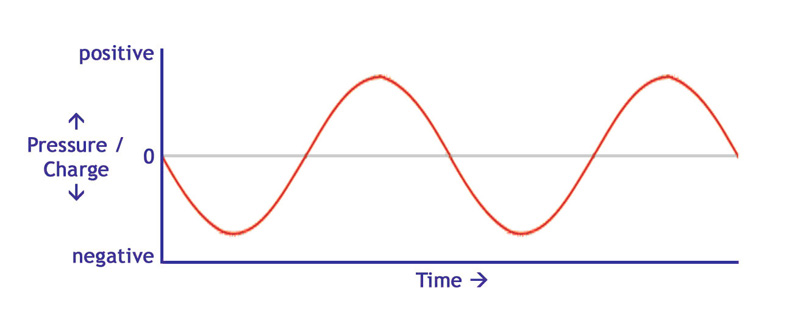
This allows us to correct the polarity of individual inputs in relation to other signals – be it from a specific microphone technique or an incorrectly wired XLR cable (where pins 2 and 3 have been crossed).
However, it can also be used to deal with phase issues, which only serves to fuel the confusion. But what is phase?
Matter Of Timing
According to the Oxford English Dictionary, phase is “the relationship in time between the successive states or cycles of an oscillating or repeating system (such as an alternating electric current or a light or sound wave) and either a fixed reference point or the states or cycles of another system with which it may or may not be in synchrony.”
What this means is that phase describes a timing difference. We’re not so concerned with the timing difference between an audio signal and a fixed time reference, because such a timing difference is not audible, but rather the timing difference between two signals, such as the signals from two different microphones (Figure 3).
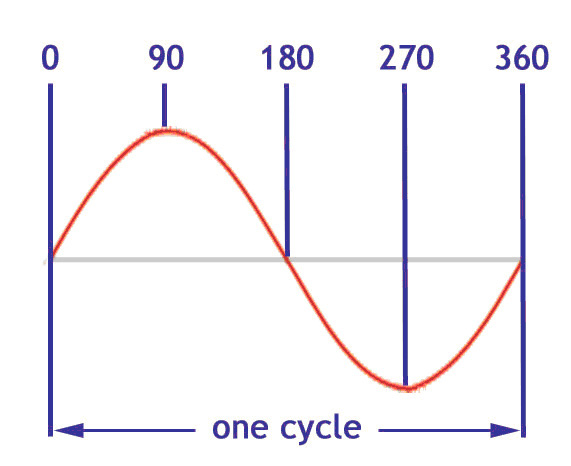
The cycle of a wave is measured in degrees, a full cycle being 360 degrees, therefore we use degrees to denote the phase difference between two waves.
If we send a 1 kHz sine tone to a loudspeaker and then place two microphones in front of the loudspeaker such that their capsules are as close together as possible, they will pick up identical signals (Figure 4).
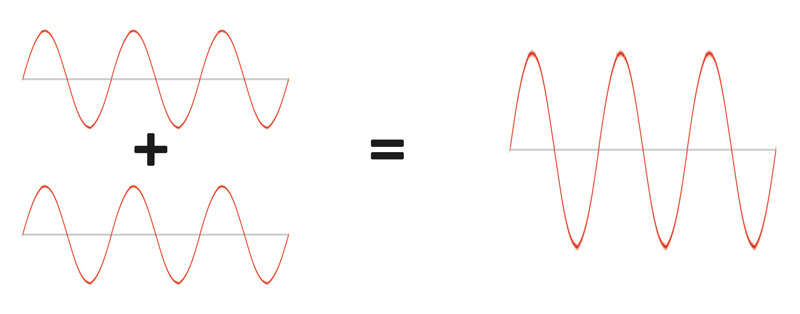
If those two signals are combined via two channels of the mixing desk set to the same level they will produce a combined output equal to the original signal but twice the amplitude. This is called constructive interference.
However, if we move one of the microphones 6.8 inches (6.8 inches being half the wavelength of 1 kHz) behind the other one, the time delay would result in the two signals being exactly 180 degrees out of phase (Figure 5).
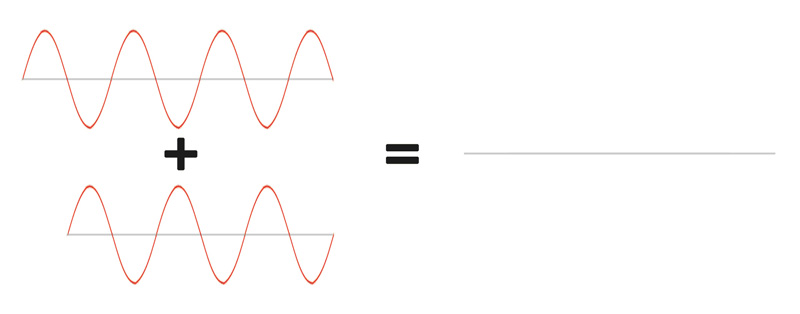
In this case if the two signals are combined in the mixer at the same level, the peaks of one will cancel out the troughs of the other resulting in silence. This is called destructive interference.
Figure 6However if the polarity invert switch were pressed on one of the channels (in this case the second/more distant microphone), the two signals would combine as if they were captured on equidistant microphones and produce the same double amplitude signal (Figure 6).
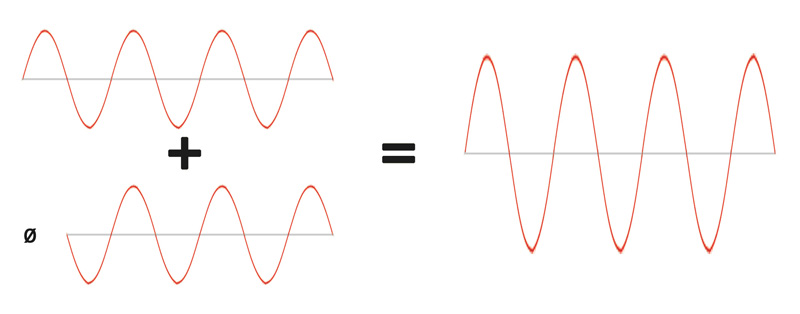
And this is a key source of the confusion between phase and polarity, because despite the fact that the time delay still exists, inverting the polarity of one of the signals gives the impression that the two signals are in phase when in reality they are still 180 degrees out of phase.
It often leads us to declare that two signals are either in or out of phase, but it’s a rather binary way of looking at it.
As the phase difference increases from zero, the signals gradually shift out of phase, which has the effect of gradually decreasing the amplitude of the combined signal until they reach 180 degrees, and the signal is silent.
Then, as the phase difference continues to increase, the combined signal gains amplitude until they reach 360 degrees and are back at full, double amplitude again.

